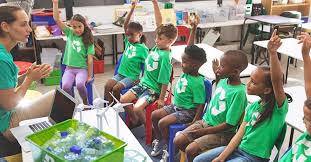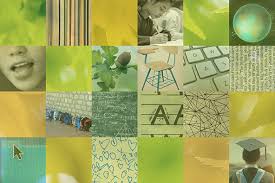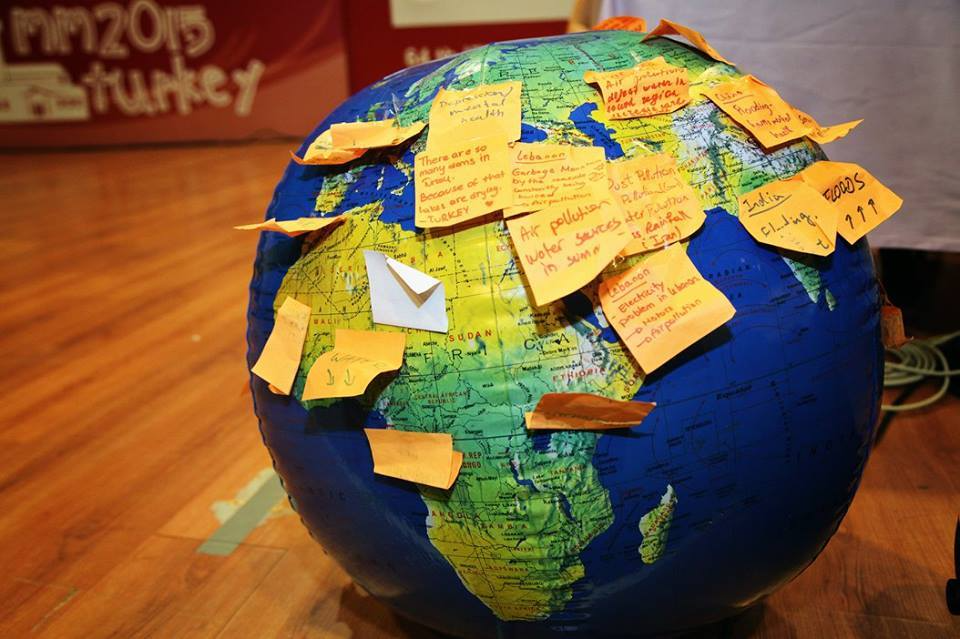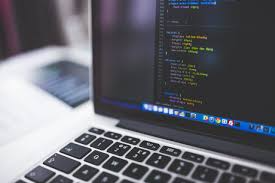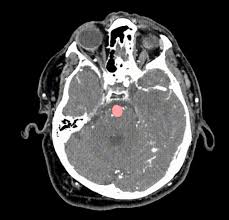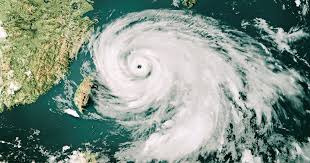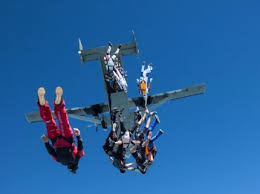
Virtual Reality Revolutionizes History Education in European Schools A New Frontier in Immersive Learning
Over the past year, an ambitious educational innovation has been quietly sweeping across European schools the use of virtual reality (VR) to teach history. No longer confined to museums or gaming arcades, VR is now being integrated into mainstream classrooms from elementary schools in Portugal to high schools in Finland to transport students into the past and reshape the way young people connect with their cultural heritage. This shift represents more than a technological experiment; it heralds a fundamental change in pedagogy, where immersive, story driven experiences help bridge the gap between abstract historical facts and lived, emotional understanding. By harnessing the power of VR, educators are opening students’ eyes to the vivid realities behind dates and names, fostering deeper empathy, curiosity, and critical thinking.
At the heart of this movement is a shared conviction history must be felt, not just memorized. Teachers report that VR modules such as walking through Renaissance Florence, experiencing life in a medieval castle, or standing at the Berlin Wall as it falls ignite student engagement in ways conventional lectures never could. The sensory richness of VR, combined with spatial audio and interactive environments, enables students to explore historical contexts first hand. One high school in Berlin used a VR documentary on the Treaty of Versailles, allowing students to witness diplomatic negotiations and aftermath visuals, prompting a surge in classroom discussions about cause, effect, and moral complexity. Far from mere spectacle, these experiences anchor abstract events in immersive narratives, stimulating reflection on the human dimensions of history.
Implementing VR in schools, however, is rife with practical and pedagogical challenges, and European educators have invested in thoughtful solutions. In rural Galicia, Spain, a collaborative network of schools pooled resources to procure shared VR kits and mobile VR carts, allowing even small districts to tap into the innovation without hefty budgets. Meanwhile, in Sweden, teachers receive specialized training in “immersive pedagogy,” learning how to guide students before, during, and after VR experiences linking virtual scenes with historical documents, texts, and critical questions. Far from being passive, VR lessons are framed with pre reading, purposeful goal setting, and post experience debriefs that encourage reflection and analysis, ensuring technology serves thoughtful education instead of overshadowing it.
Another hallmark of the approach is its alignment with inclusive and multilingual education goals. In multilingual classrooms such as those in Brussels or Luxembourg VR can present narratives in students’ native or regional languages, leveling the playing field and boosting participation. Teachers in these regions have developed VR content in French, Dutch, GerEnglish, and Luxembourgish, enabling all learners to fully comprehend and engage, regardless of their primary language. Additionally, VR content creators in Finland have highlighted historically marginalized groups such as migrant laborers, indigenous Sámi people, and women in wartime to ensure that immersive history includes diverse perspectives. This broad representation enriches understanding and helps students build empathy beyond national narratives.
Beyond individual classrooms, national education ministries and European institutions are funding cross border VR history initiatives. The European Commission’s Erasmus+ program, for example, has supported a multi country consortium that produces VR “history capsules” compact, interactive timelines that students can virtually explore around events like the Industrial Revolution, World War I, and the fall of communism. The capsules include immersive annotations, documentary clips, and voiceover reflections from historians. Participating schools in Italy, Hungary, and Poland have piloted the modules, with early evaluations showing a 30% boost in student retention of key events and a 25% rise in historical reasoning skills compared to traditional classroom cohorts.
Despite these advances, educators caution that VR is a pedagogical tool not a panacea. Critics argue that overuse could reduce complex history to sensationalism or entertainment. Teachers emphasize the need for critical frames, emphasizing analysis, source interrogation, and ethical questions. One teacher in Vienna structured VR sessions around moral dilemmas such as why certain orders were carried out during World War II prompting students to debate and evaluate choices rather than simply absorbing dramatic scenes. This approach ensures VR supports critical thinking rather than replaces it, preserving the discipline’s investigative core.
There are equity concerns, too. Not all schools can afford expensive VR equipment, and disparities in access may deepen educational divides. Education ministries in Estonia and Ireland have proposed “VR lending libraries” government funded hubs where schools can borrow VR kits for a semester. Such shared services help to ensure broad inclusion, giving rural or underprivileged schools access to high quality immersive tools. Private public partnerships are also emerging technology firms and cultural institutions are donating VR content and gear, while universities provide research support to evaluate educational outcomes and refine best practices.
The Covid 19 pandemic accelerated VR’s appeal. During virtual learning periods, some educators noted that recorded or live streamed VR sessions kept students more engaged than standard video classes. In France, digital history teachers used preloaded cardboard VR kits to deliver virtual field trips to students without home broadband access, proving that low cost VR solutions can still have a big impact. These experiences reinforced arguments for in class VR preparedness, enabling continuity of immersive learning even under remote or hybrid schooling scenarios.
Looking ahead, the next frontier lies in enriched collaboration and adaptive learning. Future VR systems promise tailored historical journeys adjusting complexity based on student proficiency and interests. Imagine a module on the Roman Empire that offers novices a general overview, while advanced learners explore economic systems, daily life, and archaeological evidence in detail. Educators are also exploring “AR companion apps” that run alongside VR, allowing students to augment real world visits to museums or heritage sites with overlayed historical data and interactive markers. Pilot programs in Czechia are testing such hybrid experiences, blending physical exploration with virtual intelligence, and show early signs of deepening both engagement and knowledge retention.
Ultimately, the spread of VR in history education across Europe reflects a broader reconceptualization of schooling for the digital age. It strips away the passive learning model and replaces it with active, embodied experiences that spark curiosity, empathy, and reflection. Students not only memorize dates they stand in ancient forums, march toward industrial mills, and feel the wind at concentration camp gates. And while cost, equity, and critical framing remain essential considerations, the current wave of VR innovation demonstrates that immersive technology, combined with sound pedagogy, can reshape how we connect with our past. In doing so, it strengthens the foundational belief that history is less a record of dates and more a vibrant story of humanity one that deserves to be lived as much as learned.
Related Post
Popular News
Subscribe To Our Newsletter
No spam, notifications only about new products, updates.


